When singer, pianist and guitarist Chris Martin formed a band with a few other students at University College London in 1997, the quartet chose the ill-fitting name Big Fat Noises. Soon, bassist Guy Berryman, guitarist Johnny Buckland, drummer Will Champion and Martin chose the more suitably abstract name Coldplay and began their journey to becoming one of the biggest bands of the 21st century.
For the first few years, they were titans of sensitive rock occasionally spiked with muscular riffs, big-hearted politics and artfully offbeat arrangements. Before too long, Coldplay got used to rubbing elbows with the A-list – superstar rappers such as Jay-Z and Kanye West eagerly collaborated with them, while Frank Ocean and Brandy sampled their sounds. Team-ups with Beyonce, Rihanna, the Chainsmokers and dance legend Max Martin followed, making late period Coldplay often feel like a more prestigious Maroon 5 – an outlet for Martin to engage with the Top 40 hit machine and move away from anything that sounds like it was made by the same people who wrote “Yellow.”
There are still occasional glimpses of what first made the world swoon in the early 2000s, but the proverbial clocks are ticking. That’s because Coldplay have announced in advance that they will only make 12 albums, after which point they’ll focus purely on touring or other projects. Album number 10, Moon Music, was just released. Where does it rank amid the Coldplay catalog?
10. Everyday Life (2019)
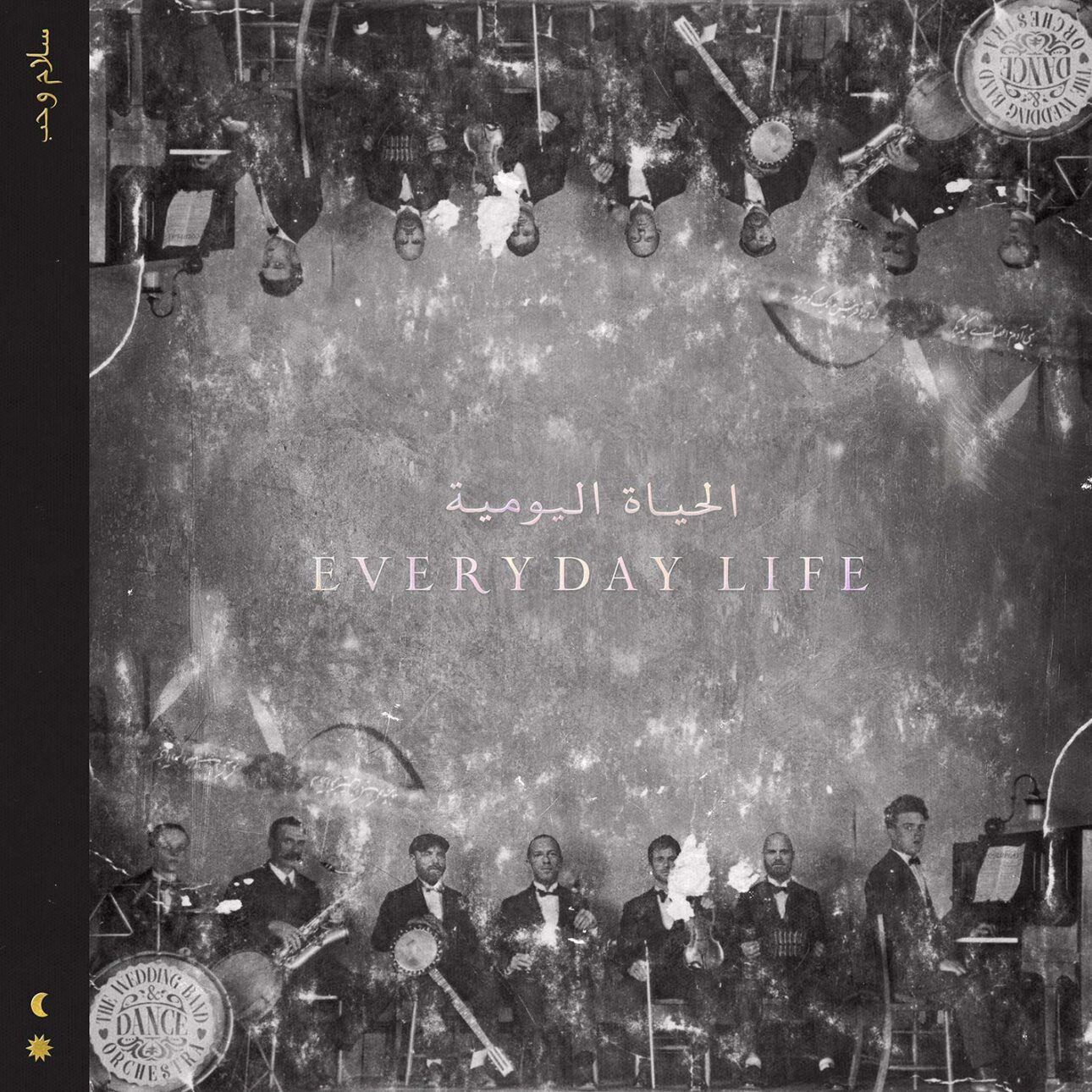

Coldplay called Everyday Life a “double album” divided between Sunrise and Sunset, but that’s a little deceptive. It’s certainly not all that long, with a 53-minute running time shorter than several other “regular” albums in the Coldplay catalog. Still, there’s a sprawling vibe to this ambitious collection, which is crammed with gospel choirs, 13th century Persian poetry, Femi Kuti, a Palestinian oud trio and an Alice Coltrane sample. It’s the closest Coldplay have ever come to a Peter Gabriel album, but Gabriel never made a record this timid and boring. The brief instrumental climax of “Trouble in Town” is the only point in the first 20 minutes of Everyday Life that feels, well, alive. Martin’s attempt to channel ‘60s Dylan on “Guns” results in a surprisingly good protest song, but most of the album takes you on a whirlwind trip around the globe in the same way countless well-meaning white liberal rock stars have done before. A bonus track on the Japanese edition, “Flags,” is closer to a classic Coldplay song than anything else here.
9. X&Y (2005)
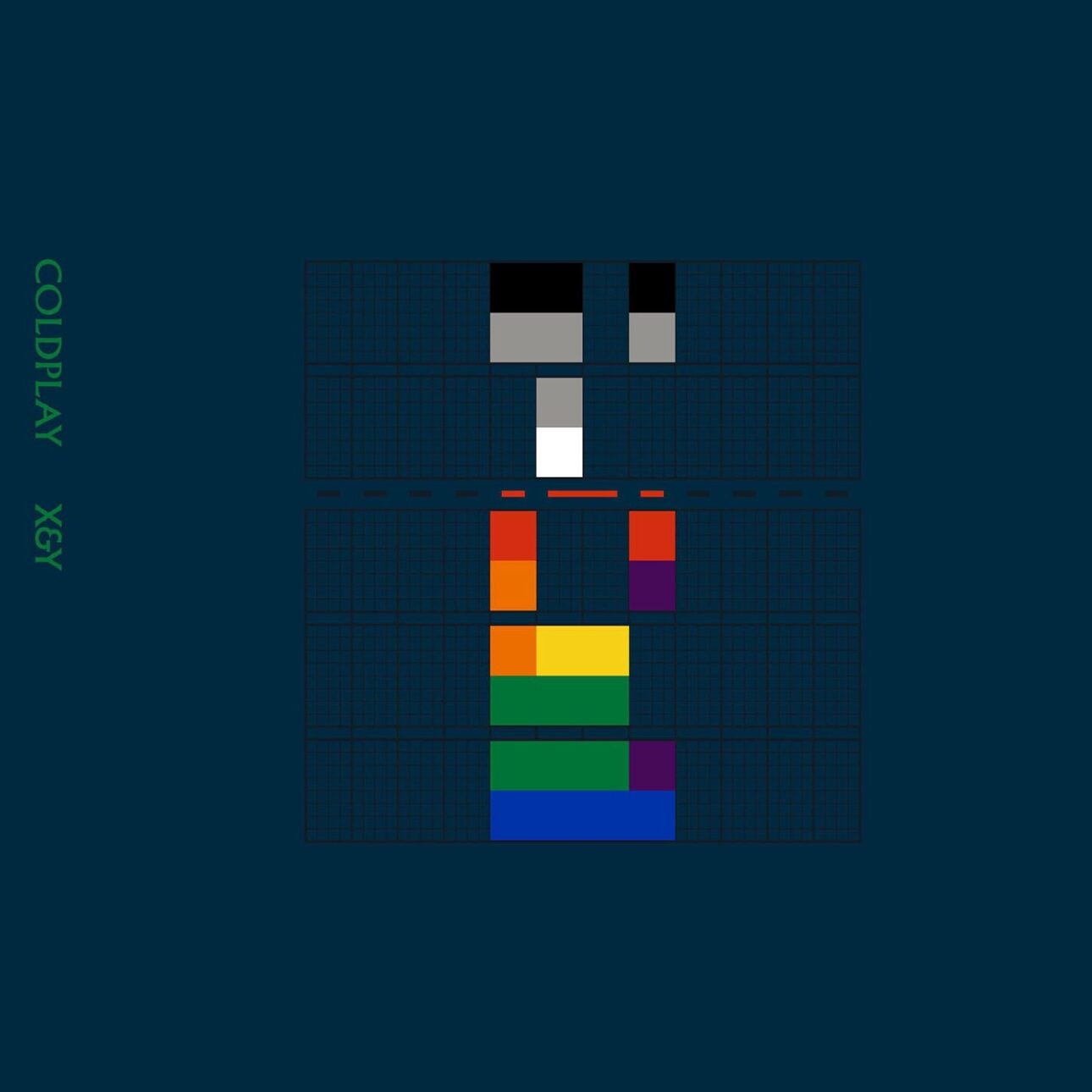

The pressure on Coldplay to keep the hits coming after their first two albums was enormous. The band worked on X&Y for more than a year, and when EMI executives learned it wouldn’t be ready by the end of its fiscal calendar, the label issued a profit warning that caused its stock price to plunge. X&Y ultimately delivered the sales numbers for which the music industry hoped, but you can hear the band crumbling under the pressure on lead single “Speed of Sound,” a slower and milder rewrite of “Clocks.” Songs on X&Y interpolate Kraftwerk’s “Computer Love” and Also sprach Zarathustra as gestures towards the band’s wide-ranging influences, but the result is a dull soup of Britrock, piano ballads and faux inspirational sloganeering. “I could write a song a hundred miles long” almost sounds like a threat when Martin sings it on “Swallowed in the Sea,” near the end of an hour of plodding midtempo songs. “The album is faultless to a fault, with instrumental tracks purged of any glimmer of human frailty,” Jon Pareles wrote in a New York Times pan under the headline “The Case Against Coldplay.”
8. A Head Full of Dreams (2015)
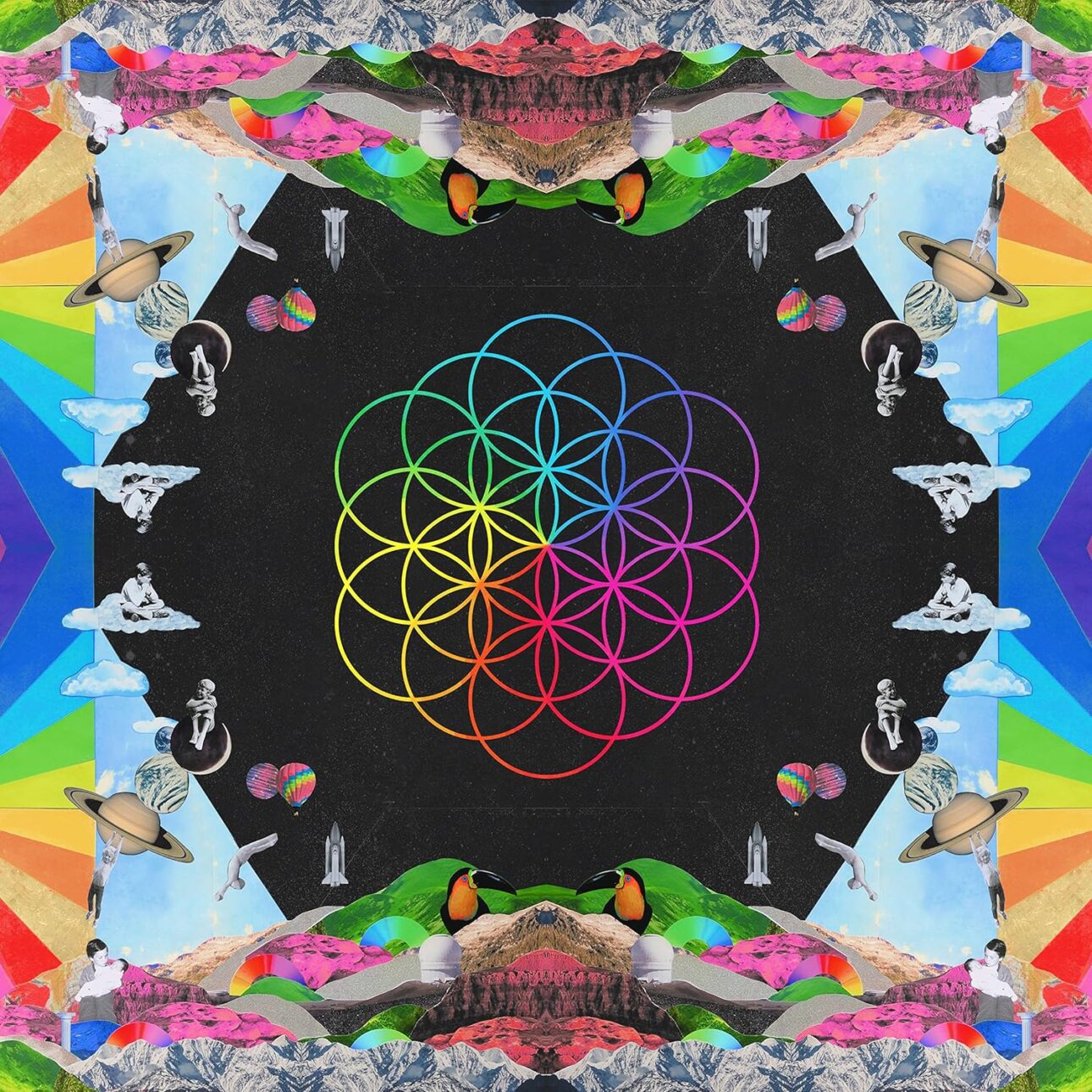

Coldplay normally went years between albums, but A Head Full of Dreams arrived as a crowd-pleasing course correction just 18 months after the more downtempo and experimental Ghost Stories. It didn’t sell as well, but it felt like an appropriate prelude to the band’s splashy halftime show at the 2016 Super Bowl. Stargate, the Norwegian production duo known for chart-topping hits with Rihanna and Ne-Yo, preside here over a bright, shiny album featuring cameos by Beyonce, Tove Lo and Oasis’ Noel Gallagher. “Hymn for the Weekend,” one of three songs that squanders Beyonce’s talent, feels like the vapid and bloated endpoint of Coldplay’s decade-long drift away from everything the band is actually good at, but A Head Full of Dreams sounds better when it’s not quite so bombastic.
7. Moon Music (2024)
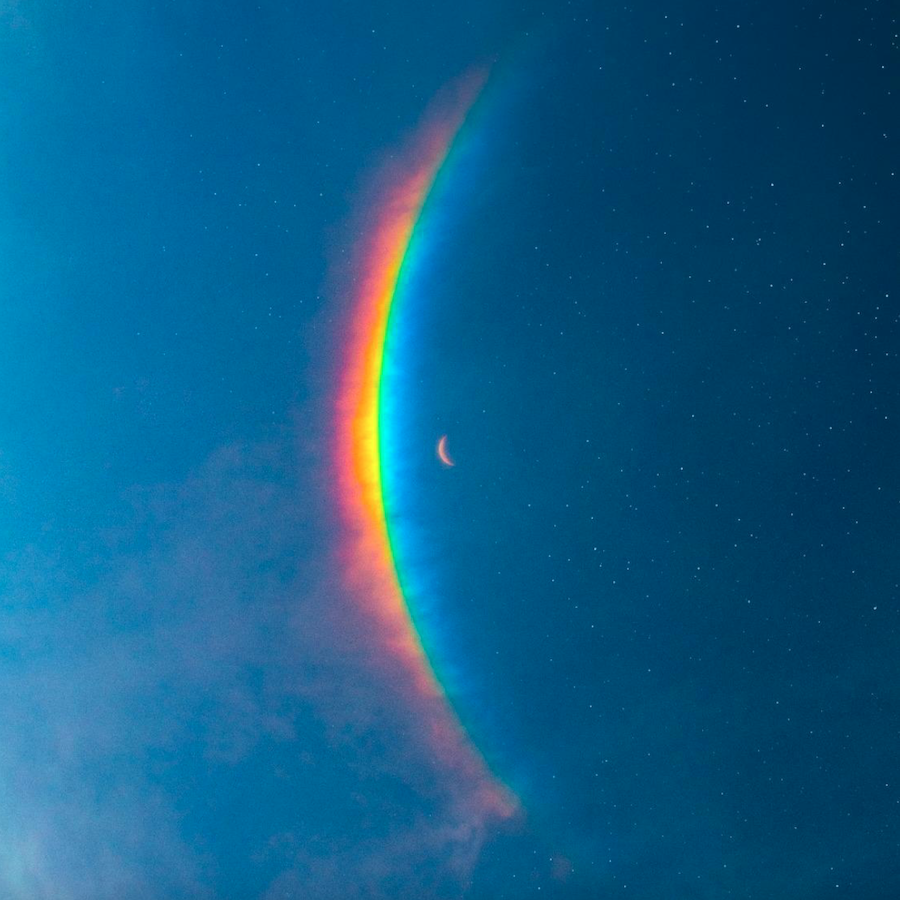

Coldplay’s 10th album, the full title of which is Music of the Spheres Vol. II: Moon Music, is a little sleepier and less adventurous than its 2021 predecessor. It’s full of utopian good vibes, but it occasionally veers into the realm of saccharine and cloying — a rainbow emoji is the title of the sixth track, which concludes with a sample of the voice of the late Maya Angelou. Still, Nigerian afrobeats stars Burna Boy and Ayra Starr are threaded into the album surprisingly well. Moon Music’s final stretch is its strongest, including the four-on-the-floor dance track “Aeterna,” and “All My Love,” which is Coldplay at their most Beatles-esque.
6. Music of the Spheres (2021)
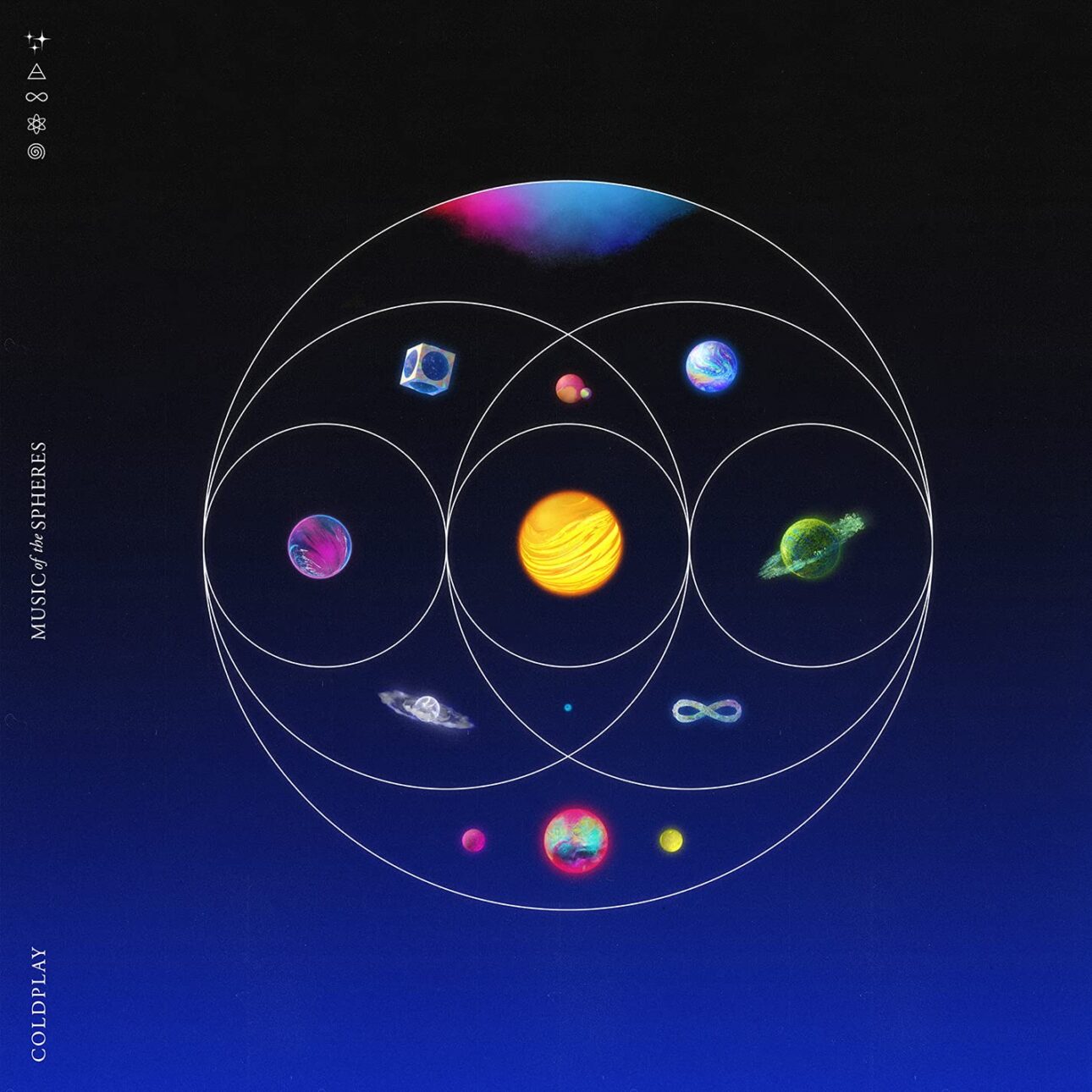

13 years after “Viva La Vida” became Coldplay’s first #1 song in both the U.S. and the U.K., the band returned to the top of the Hot 100 in the most calculated way possible – by collaborating on “My Universe” with the colossally popular South Korean boy band BTS and Swedish pop institution Max Martin. Between that hollow victory and a ballad duet with Selena Gomez, Music of the Spheres seemed, on the surface, like it could easily be the worst Coldplay album. Instead, it’s actually one of their better late period efforts thanks to its variety. “Humankind,” despite a synth-heavy arrangement, has a vigor that recalls the Parachutes era, “People of the Pride” features perhaps the heaviest riff in their catalog and, most surprisingly of all, they even pull off the 10-minute space rock epic “Coloratura.”
5. Mylo Xyloto (2011)
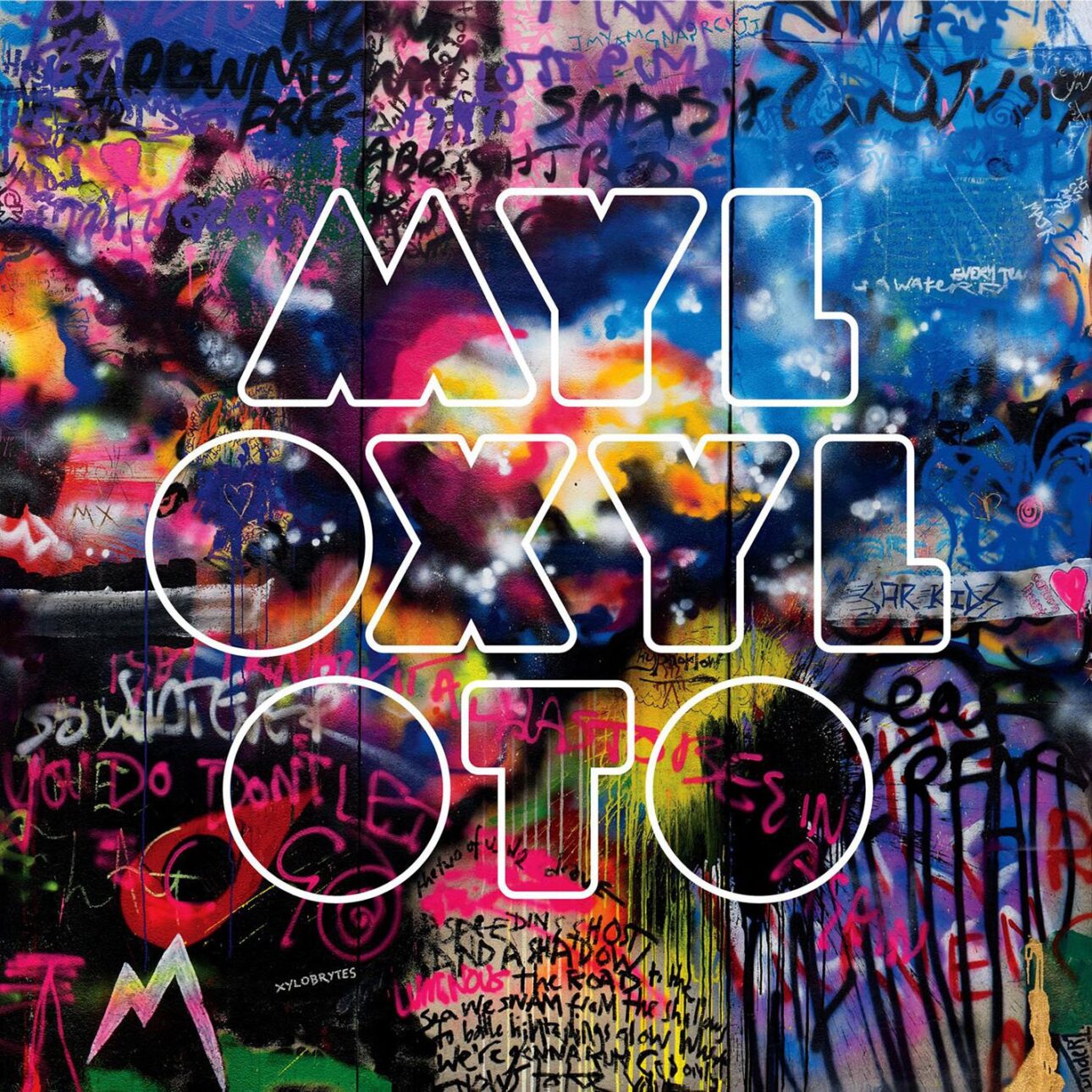

Coldplay 2.0, the iteration of the band that freely collaborates with artists from any genre and favors bright color schemes, really started to crystallize with Mylo Xyloto. This version of Coldplay is uncool but in a sometimes charming way – the title of first single “Every Teardrop is a Waterfall” prompted snickers and accusations of self-parody, but it and “Don’t Let It Break Your Heart” feature the band’s rhythm section at its most lively and propulsive. The grandly cinematic “Princess China” featuring Rihanna wilted on the singles charts, but it’s easily the best of the band’s many collaborations with pop superstars. “Where Viva La Vida showcased Coldplay’s sense of adventure, this one feels more eager to please; the sonic detail accrues with such speed that it’s like Martin and his mates fear you’ll bail if they don’t grab you straightaway,” Mikael Wood wrote in the SPIN review.
4. Ghost Stories (2014)
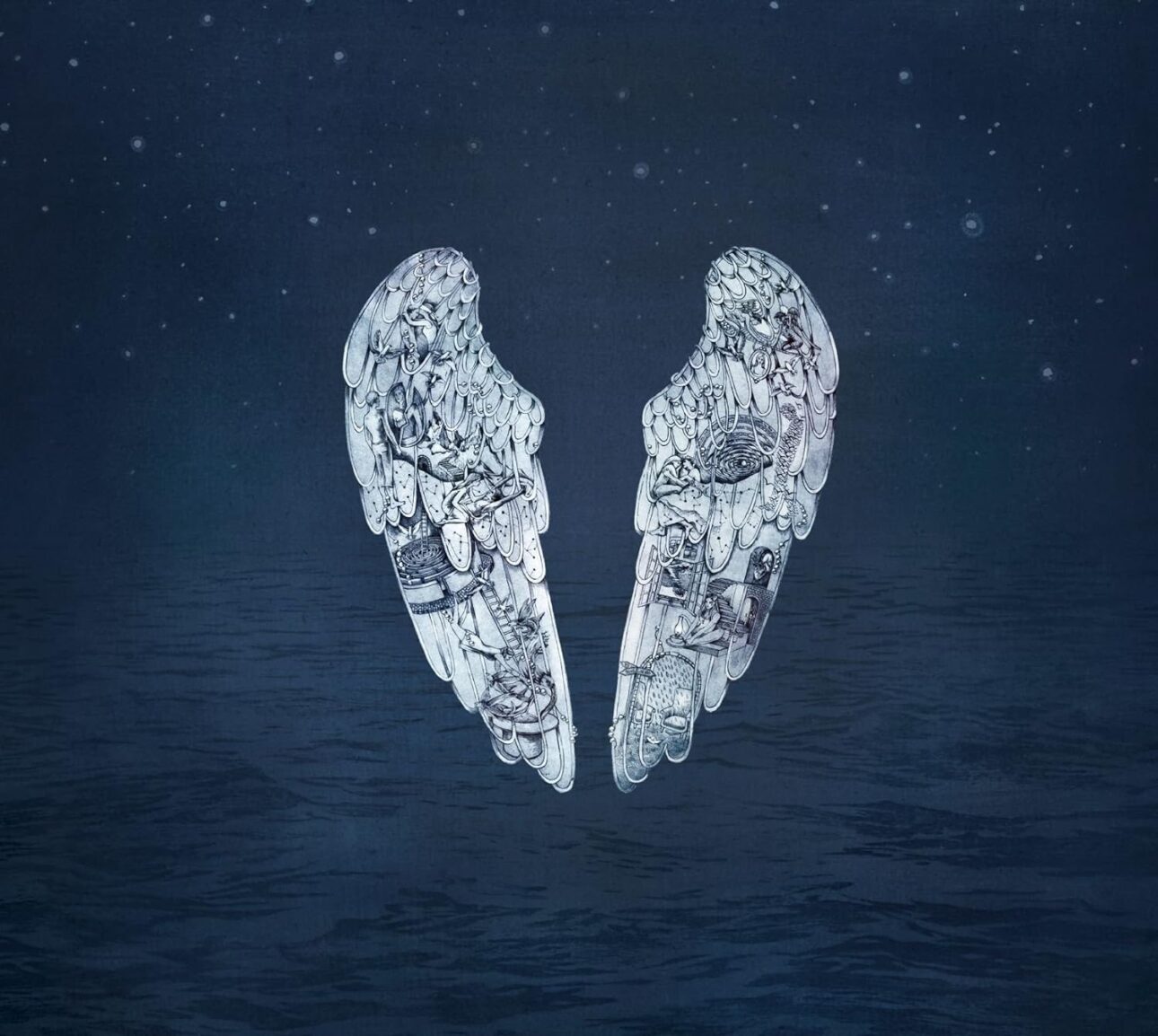

The true pop culture legacy of Martin’s divorce from actress Gwyneth Paltrow is “conscious uncoupling,” a psychotherapist-coined term the couple used to announce the end of their marriage. The album that Coldplay released two months later, however, is Martin’s beautifully melancholy artistic statement on the breakup. Favoring midtempo grooves such as “Magic” and “Ink” over piano ballads, Ghost Stories is engrossing precisely because it doesn’t push the big familiar buttons Coldplay usually employs to trigger emotions. When the only arena-ready song, the Avicii collaboration “A Sky Full of Stars,” arrives near the end of the album, it feels like an earned and appropriate climax to the moody soundscapes of Ghost Stories.
3. Parachutes (2000)
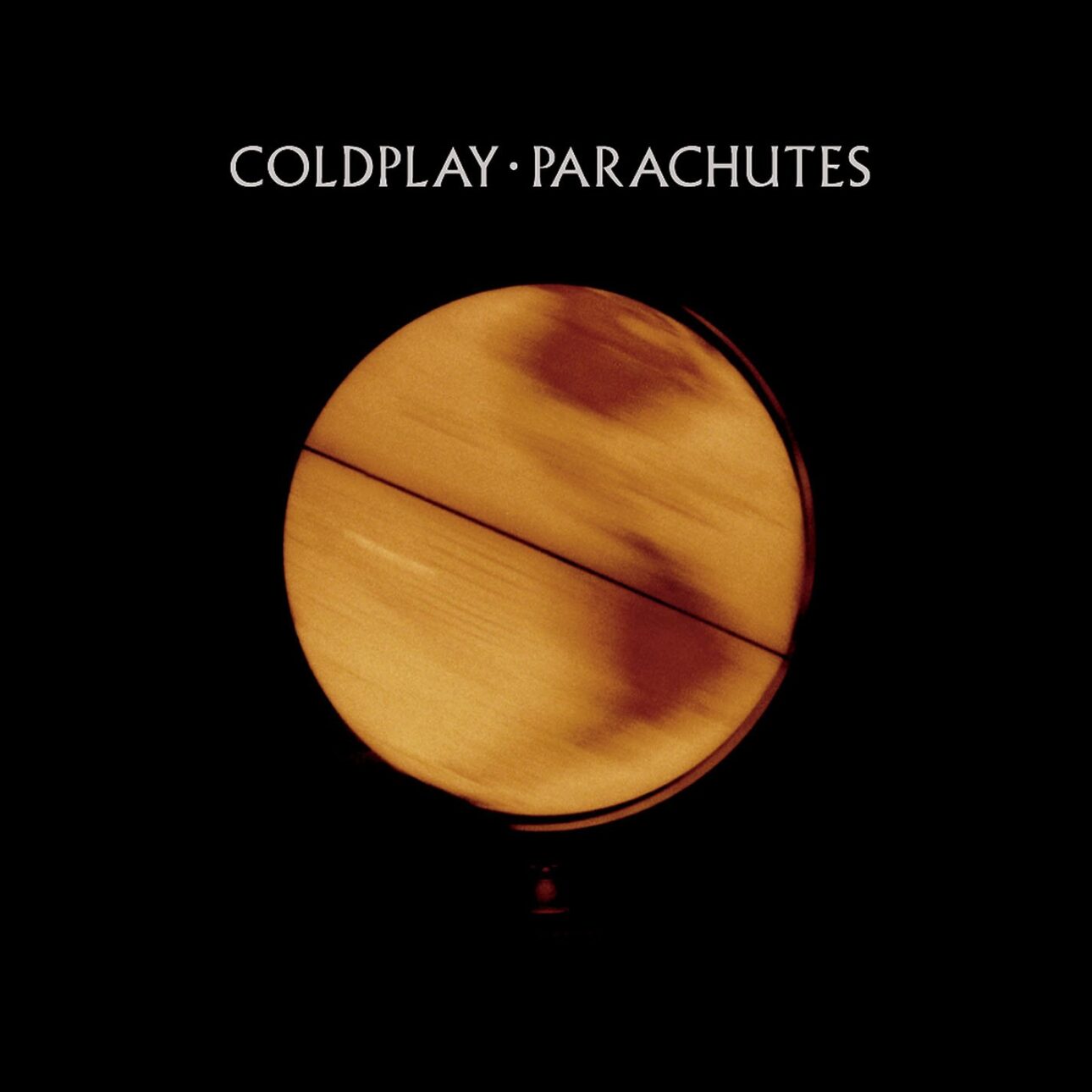

A lot of U.K. bands at the turn of millennium were jockeying for position in the post-OK Computer, post-post-Britpop landscape. Many were extremely earnest like Coldplay and had some of the same influences, or singers with pleasant falsettos, but Coldplay separated themselves from the pack pretty quickly thanks to the massive hooks of songs such as “Yellow.” Even one of the album’s quieter deep cuts, the tender waltz “Sparks,” is so intoxicatingly lovelorn that it went viral on TikTok 20 years later. The band is painfully transparent about channeling Jeff Buckley and early Radiohead on “Shiver,” but they sound damned good doing it. Coldplay sounded less and less like a human four-piece band with each subsequent release, but Parachutes travels far on the appeal of Buckland’s chiming guitar tones and Champion’s snappy drum fills.
2. A Rush of Blood to the Head (2002)
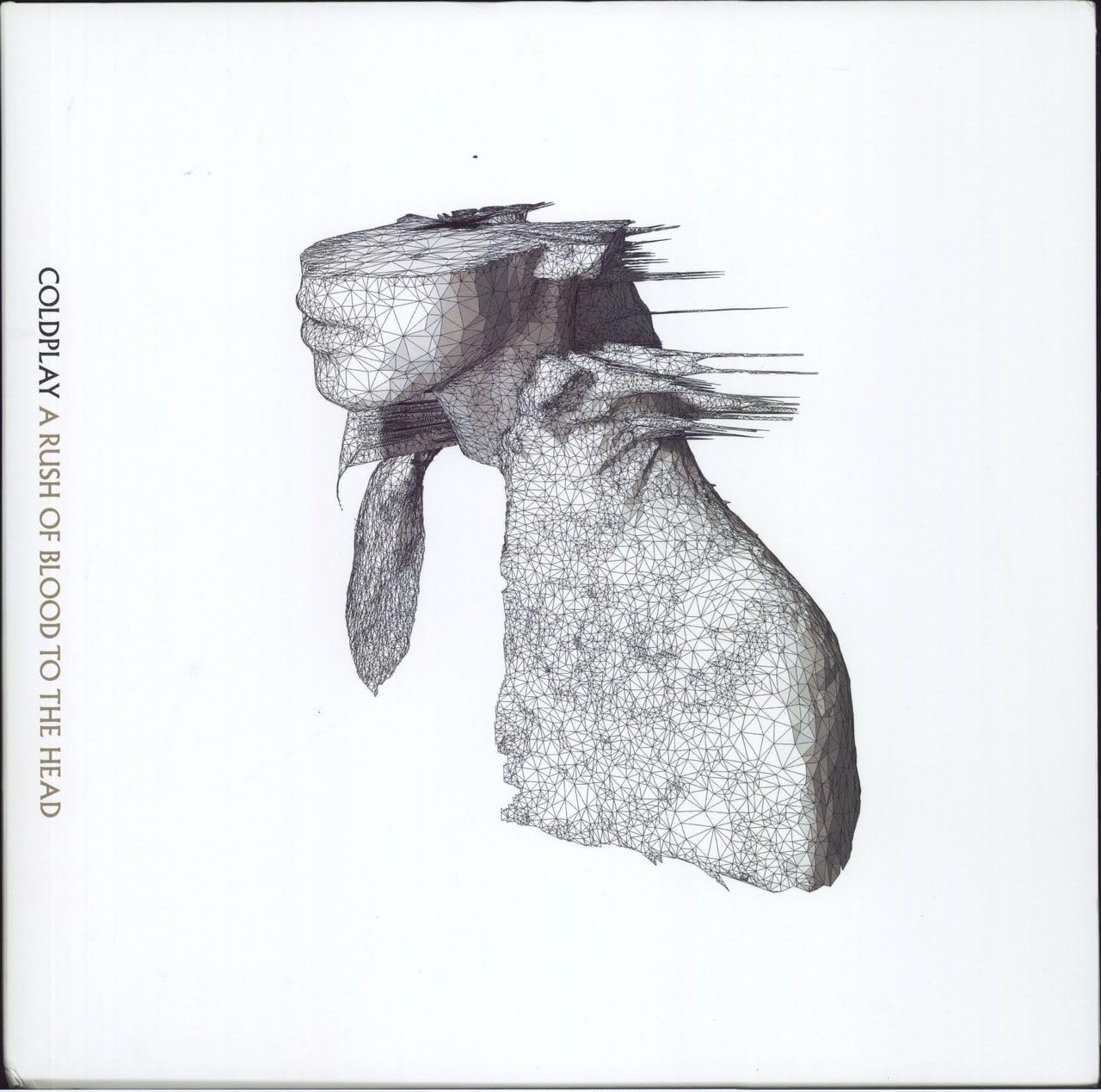

Martin worried Coldplay’s second album was “rubbish” when they assembled a first draft for their label. While reworking Rush of Blood at the last minute, the band finished an uptempo track with a catchy piano arpeggio, and “Clocks” would eventually win the Grammy for Record of the Year and land on several lists of the greatest songs of all time. Selling over 17 million copies worldwide, Rush was a phenomenon and the biggest British rock album since Oasis’s (What’s the Story) Morning Glory? seven years earlier. Its enduring appeal is that it still feels fairly intimate and subtle for a blockbuster – a record that easily scales up to arenas but is perfectly suited for a rainy afternoon at home. “The eastern-tinged psychedelia of ‘Daylight’ – or ‘The Cutter,’ as elderly Bunnymen fans may prefer to call it – broods mysteriously until a terrifically uplifting chorus blows in and Martin fair quivers with joy at the power of nature. Throughout, the singer portrays himself as if in a constant state of epiphany, sometimes wondrous, sometimes grim,” Ted Kessler wrote in the NME review.
1. Viva la Vida or Death and All His Friends (2008)
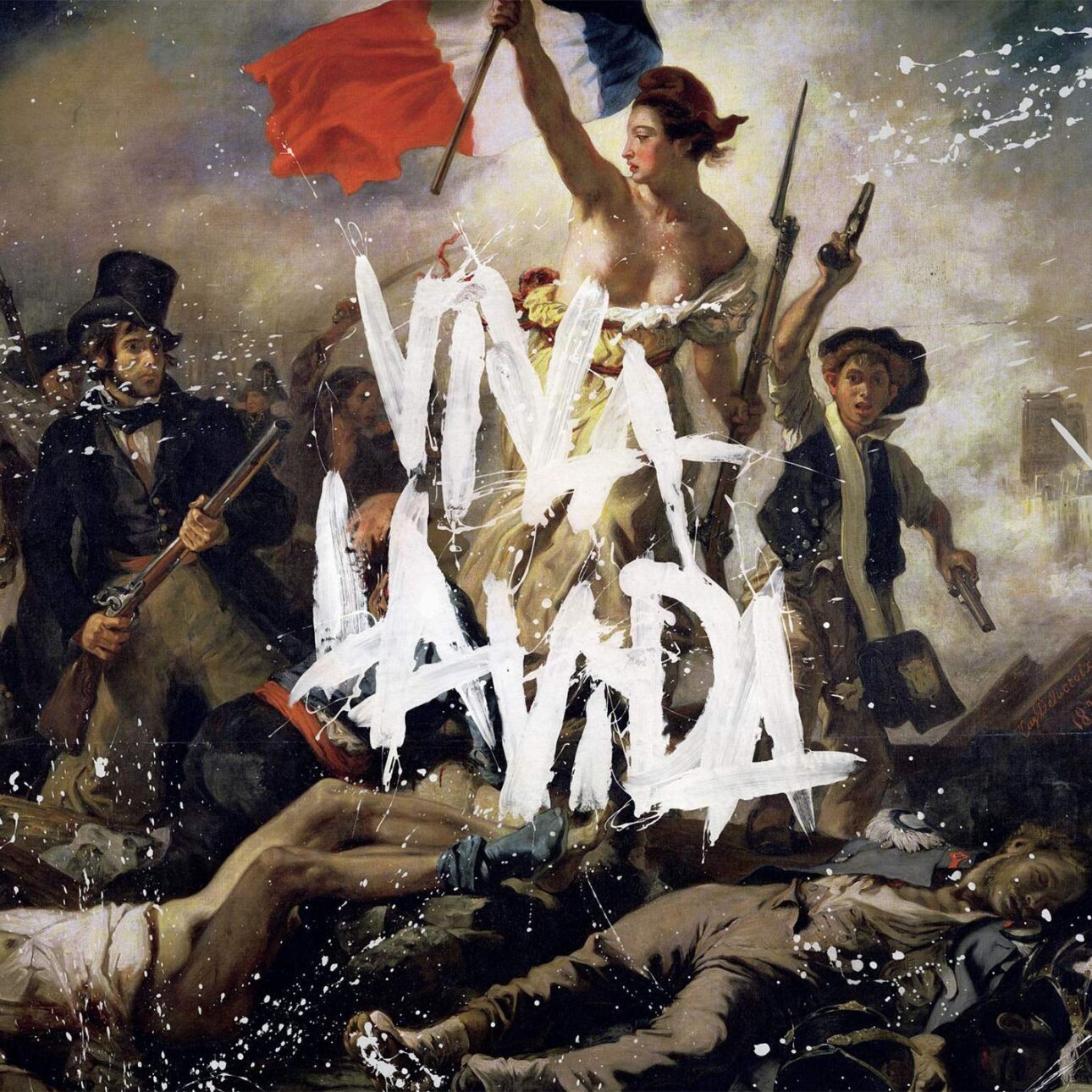

The bigger Coldplay got over the band’s first decade, the more they seemed to embrace comparisons to U2. Brian Eno, the art rock guru and founding father of ambient music who’d worked on some of the latter’s best albums, first crossed paths with Coldplay on X&Y when he played synths on “Low,” and here he’s credited for “sonic landscapes” (translation: he co-produced alongside Markus Dravs, Rik Simpson and Jon Hopkins). The Roxy Music co-founder’s gift for ear candy and unusual creative prompts in the studio helped Coldplay create their most musically rich album. Eno encouraged Martin to sing in a lower register on songs such as “Yes,” while the band throw themselves into new territory such as the bouncy tack piano patterns of “Lovers in Japan,” the thumping drum loop of “Lost” and the sweeping strings of the chart-topping title track. Veering between extremes such as the ominous anti-war screed “Violet Hill” sequenced next to the joyous contentment of “Strawberry Swing,” Viva la Vida feels like the distinctive work of a band no longer merely following in footsteps of their influences.

